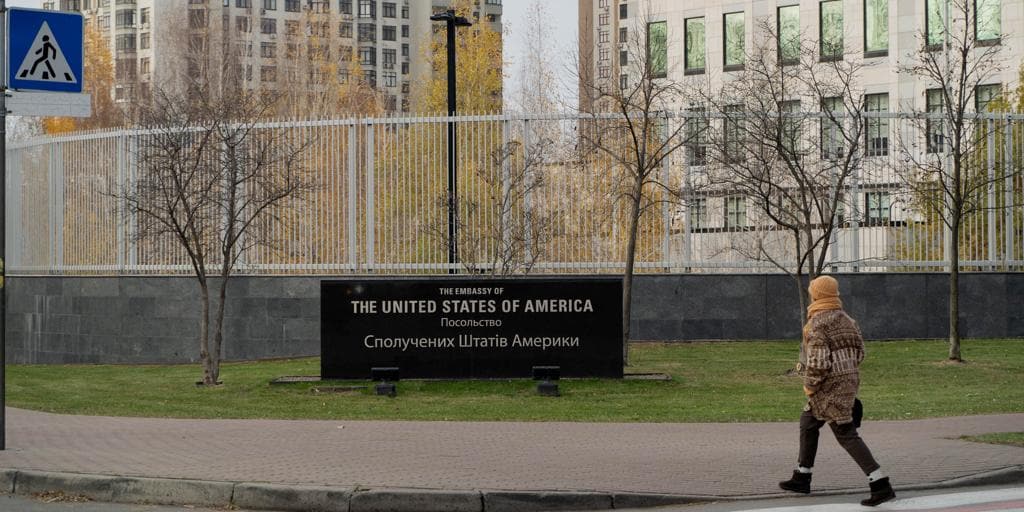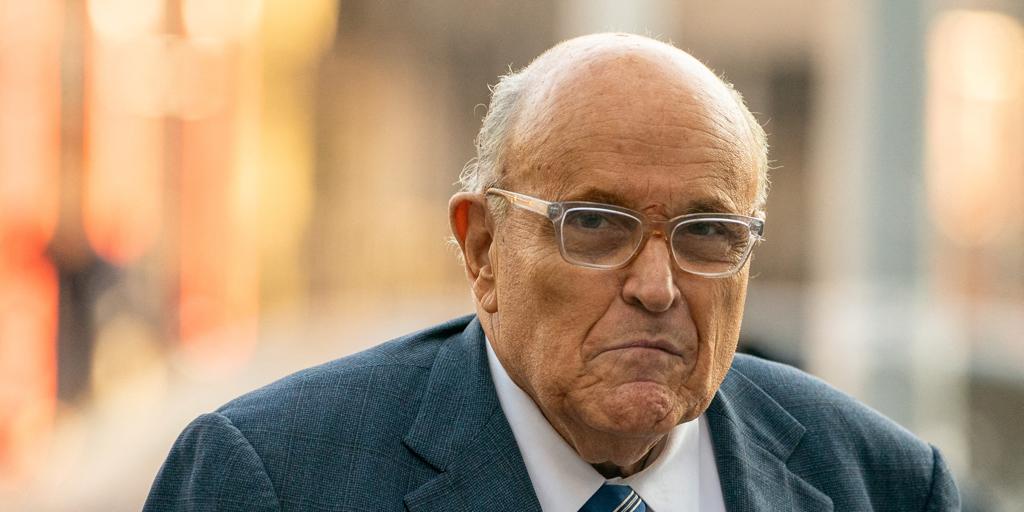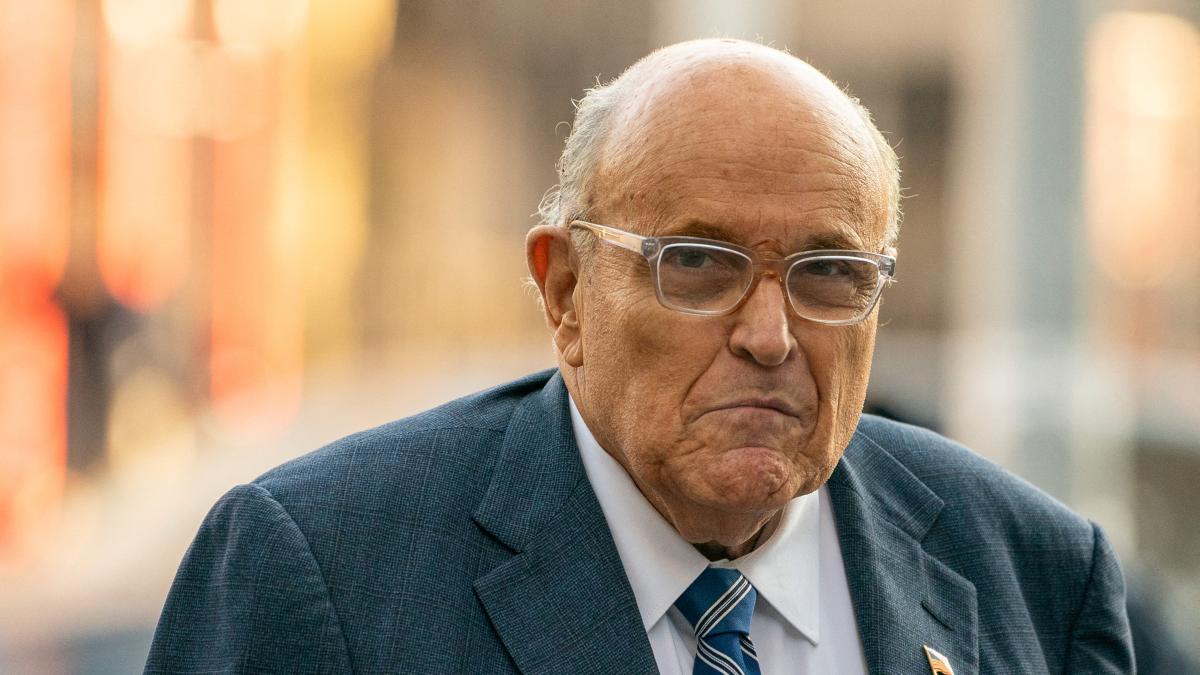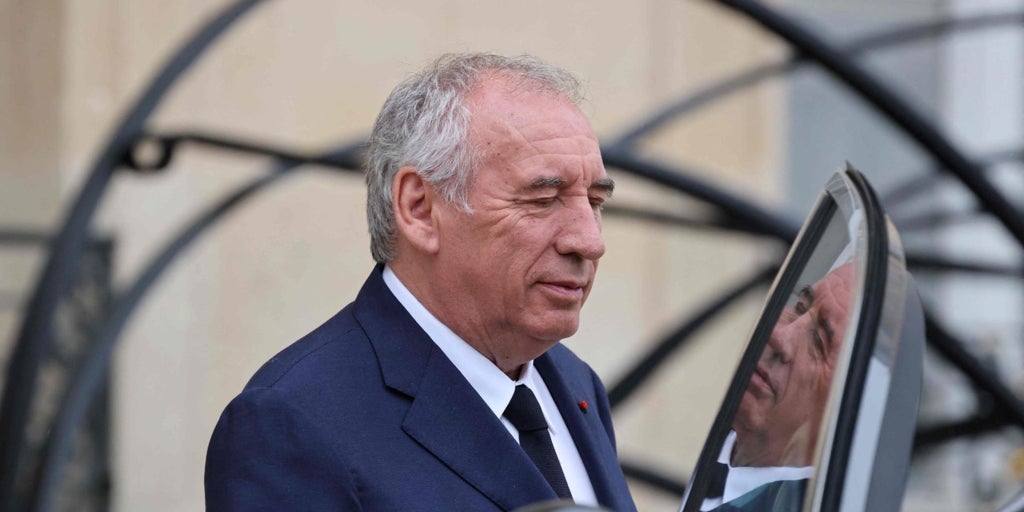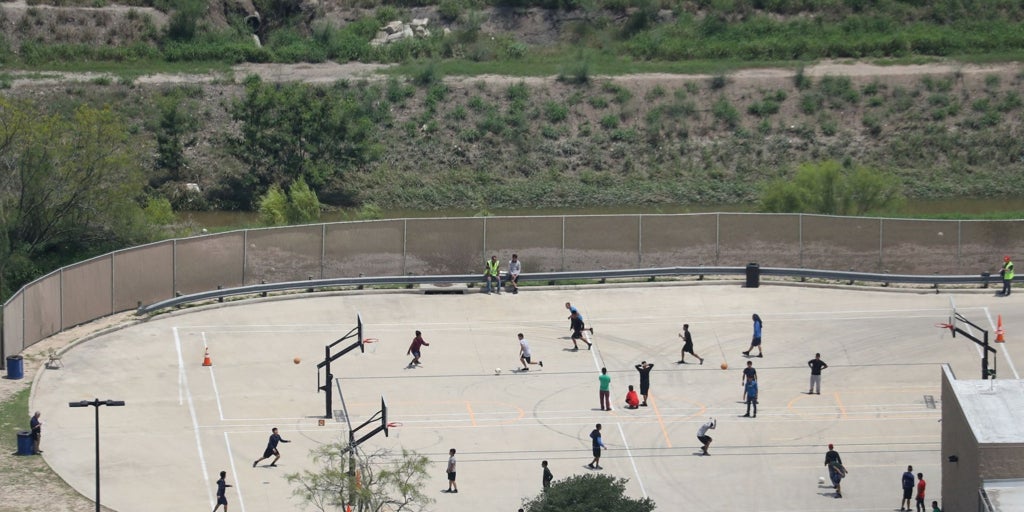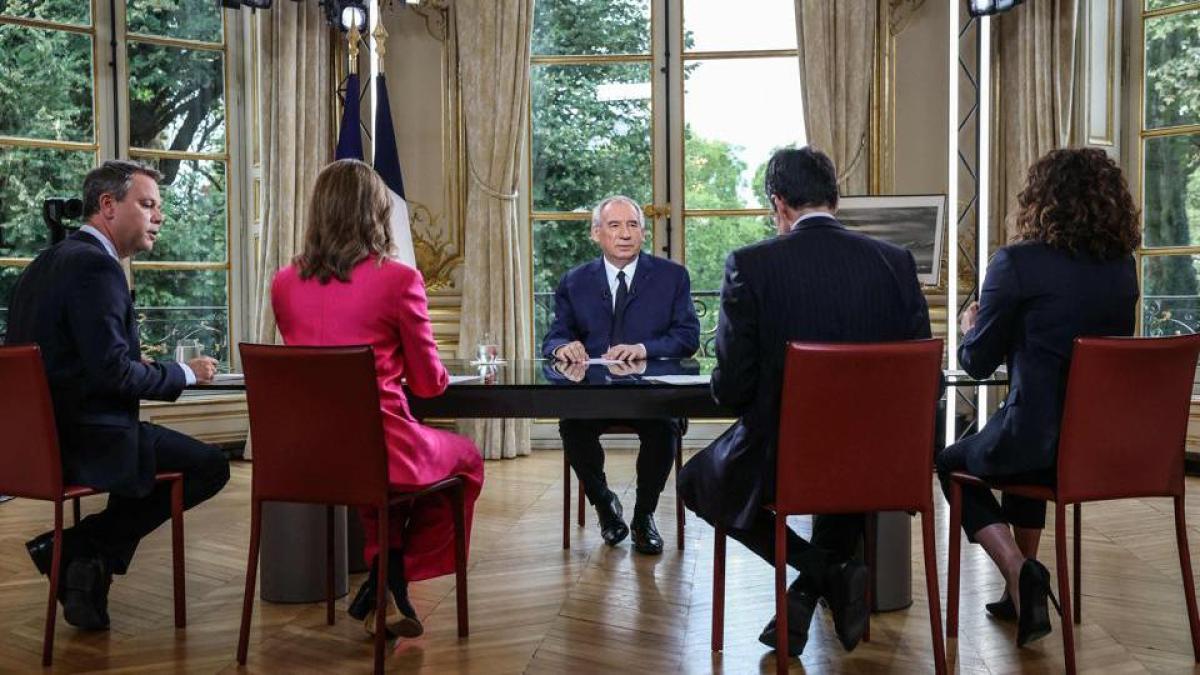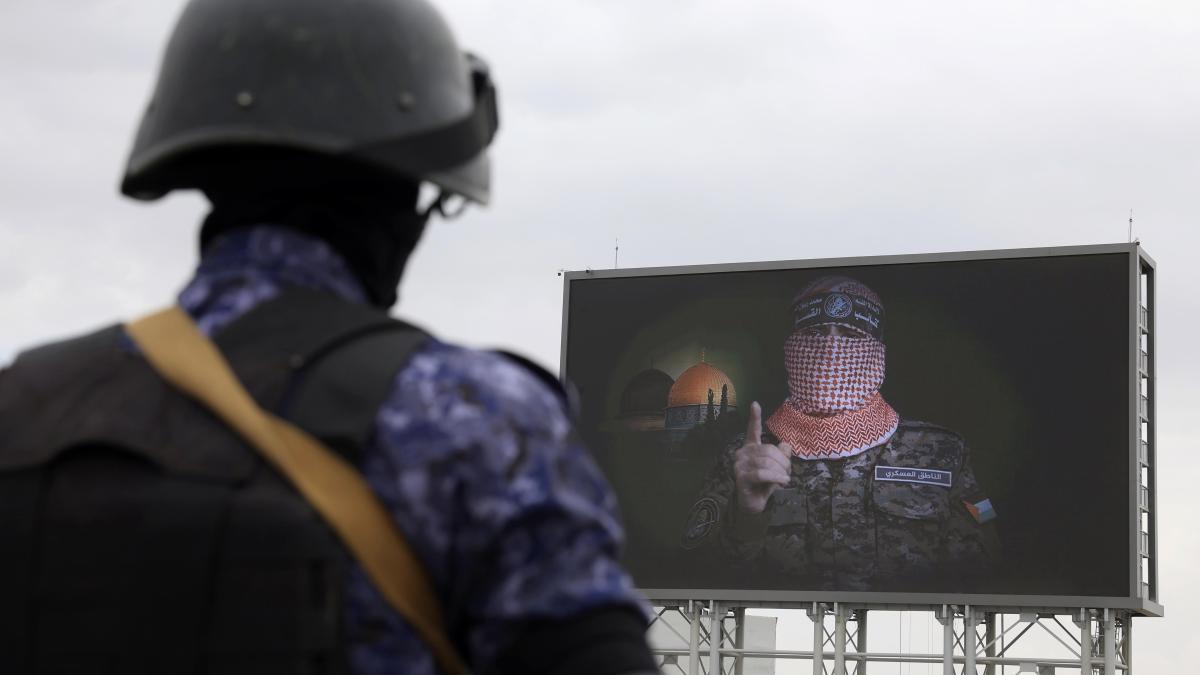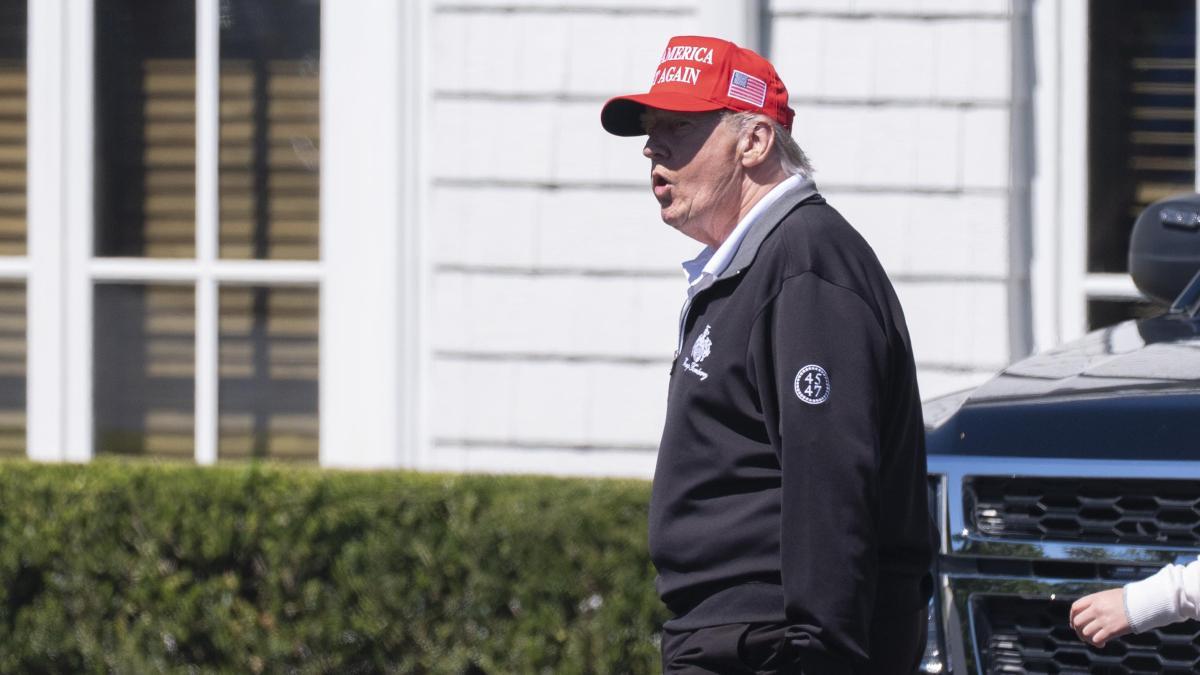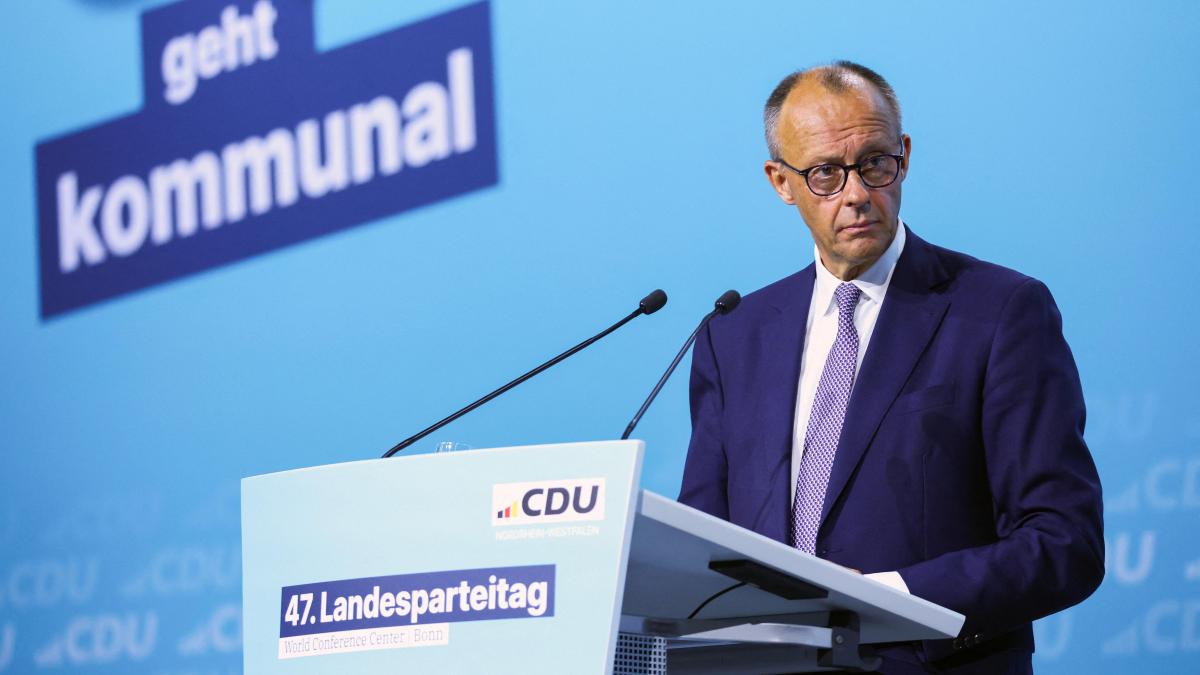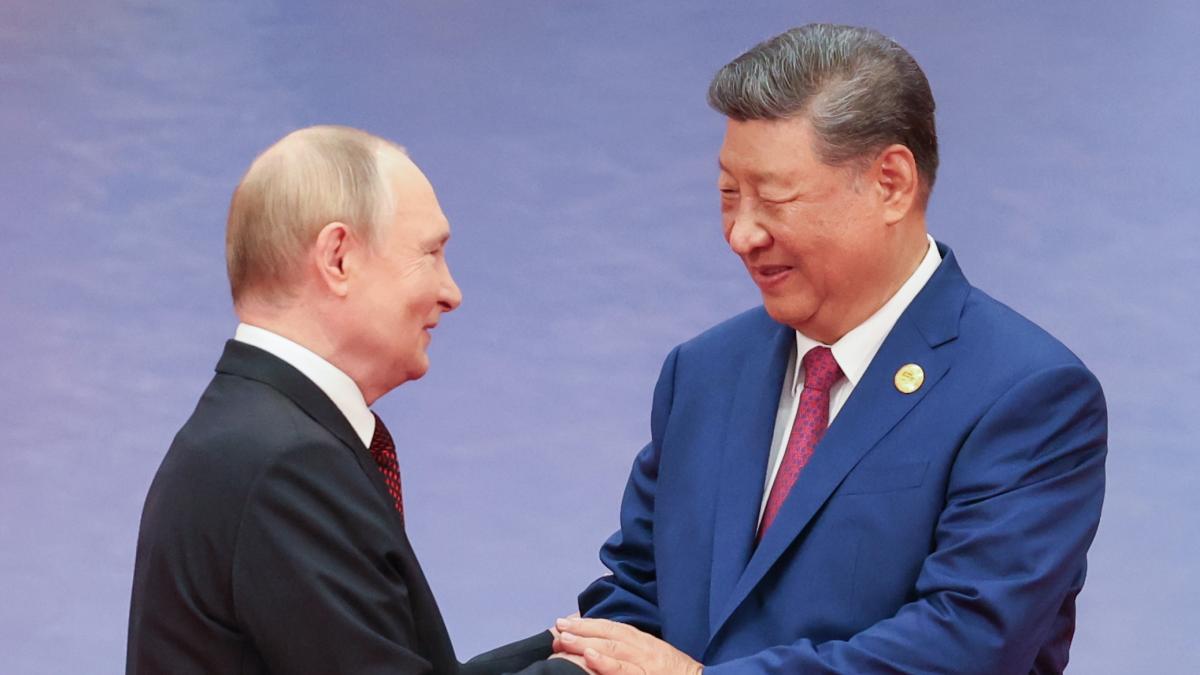The United States Reopens Its Embassy in Kyiv This Thursday After Threat of Air Attack
The United States Embassy in Kyiv will reopen this Thursday after its temporary closure, warranted by the alarming threat of an air assault, according to the State Department. The spokesperson, Matthew Miller, has refrained from specifying the exact nature of the danger that forced the diplomatic legation to shut its doors.
“We take the safety of our staff extremely seriously,” Miller declared emphatically. The American mission in Ukraine had suspended its operations a day after Moscow issued warnings, threatening significant retaliations against Ukraine following its unprecedented use of long-range missiles, supplied by the U.S., to strike deep within Russian territory. This marks a critical juncture in the almost three-year conflict, ushering in escalated tensions and uncharted foreign policy confrontations.
Reacting to the striking developments, the U.S. Embassy had released a stark warning on its official website, indicating they had received “specific information of a possible significant air attack slated for November 20.” This alarming forecast unveils a fragile state of security not just for diplomatic missions, but for the broader geopolitical landscape.
A New Wave of Hostilities
In a direct response to the United States’ military support to Ukraine, a senior Ukrainian official disclosed that the missile attack executed on Russia’s Bryansk region on Tuesday was carried out using ATACMS missiles—a sophisticated Army Tactical Missile System provided to Ukraine by U.S. forces. The implications of these actions suggest a significant strategy shift as Ukraine adopts more offensive military capabilities amid rising conflicts.
Vladimir Putin’s Foreign Minister, Sergey Lavrov, did not shy away from delivering a stinging indictment on the escalated aid to Ukraine. He highlighted that the attacks are indicative of Ukraine’s allies, primarily the West, pushing towards a larger escalatory conflict. As he asserted in a press conference during the G20 summit in Brazil, “We will consider this a qualitatively new phase of the Western war against Russia. And we will react accordingly.”
As the U.S. continues to extend its military support, Washington’s recent authorization allowing Ukraine to use ATACMS against Russian military targets represents a stark escalation of hostilities. Plans tailored to reinforce Ukraine’s defensive strategy now encompass new offensive operations, twisting the already tangled narrative of military intervention and diplomatic engagement.
The Broader Implications of U.S. Military Aid
The dramatic shifts in military posture manifest not just in rhetoric or temporary closures but also in quantifiable support from the U.S. government. A comprehensive glance at military aid provided indicates a robust commitment, with estimates suggesting over $380 billion pledged to Ukraine since the onset of the Russo-Ukrainian conflict. This financial outlay is characterized by nearly $118 billion specifically earmarked for direct military assistance from the United States alone.
Furthermore, the ramifications of this escalation extend beyond military interactions. The United States has historically navigated a complex relationship with Ukraine through a lens of strategic partnerships and diplomatic efforts. Since the reopening of the Kyiv embassy in May 2022, following the dramatic relocation during the invasion, the U.S. has underscored its commitment to Ukrainian sovereignty.
In pressing situations like these, the dialogue surfaces questions about the ethics of interference and the proprietary stance of a nation positioning itself as a defender of democracy. After years of tactical assistance and bolstering Ukraine’s military defenses, the narrative framing the U.S. as an ally continues to shape not only Ukraine’s immediate circumstances but also the larger NATO-Russia confrontational landscape.
As the world watches how this frosted conflict will thaw or escalate, the U.S. embassy’s reopening becomes a symbol—a beacon of hope for some and a harbinger of war for others. The delicate dance between defense and aggression brings to light the intricate web of international relations, demanding scrutiny and vigilance.
The Security Challenge Ahead
Returning to normalcy in Kyiv for American diplomats is anything but simple. The continuous threat from Russian military operations poses a stark challenge not just to safety but also to the operational capabilities of foreign missions within Ukraine. The complex interplay of local and international security extends beyond the demographic clashes, encapsulating a dynamic battlefield where the stakes are perilously high.
In conclusion, as the United States reopens its embassy in Kyiv, it signals a reinvigorated commitment to Ukraine amid ongoing threats from Moscow. Yet, the question lingers: how tight will the alliance remain in the face of escalating dangers? The geopolitical chessboard awaits.
Sources: ABC News

